My Favourite Painting: Ashley Hicks
'This timeless triumph of trompe l’oeil always gives me something to dream of and aspire to .'
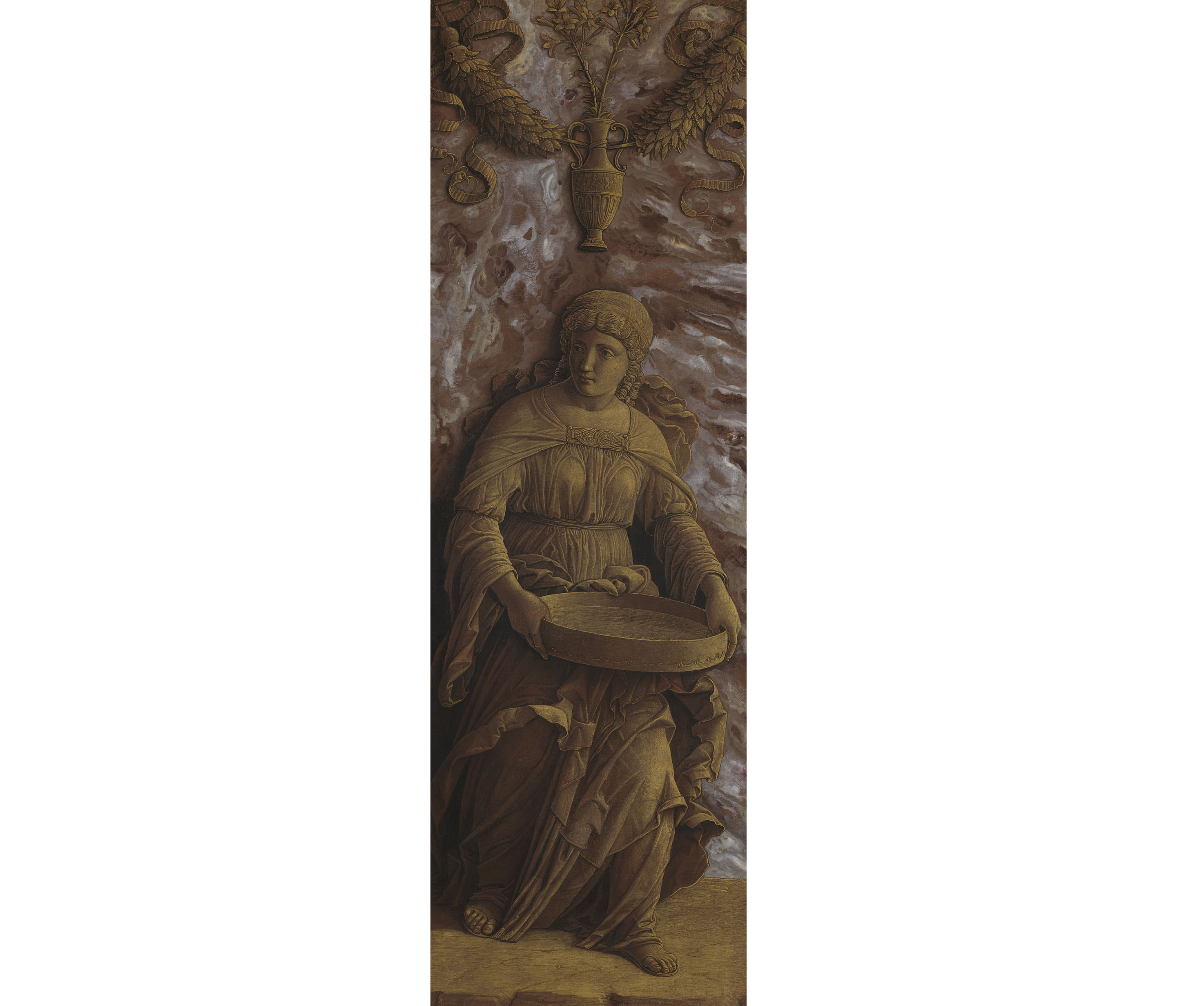

Ashley Hicks chooses The Vestal Virgin Tuccia with a Sieve:
'I love this little picture for many reasons. I like to think that it and its companion, another model of feminine virtue now titled prosaically A Woman Drinking, were made for the great collector Isabella d’Este’s rooms at her Gonzaga husband’s palace in Mantua.
'These sublime examples of Mantegna’s exquisite, perfectly crafted art were surely made as part of a room’s decoration, to face each other near a window, with shadows painted correctly for its daylight.
'They look like gilt-bronze reliefs on marble, but the figures are impossibly lifelike and deeply modelled for reliefs, allusions to the tale of Pygmalion whose sculpture came alive. This timeless triumph of trompe l’oeil always gives me something to dream of and aspire to.'
Ashley Hicks is an interior designer and artist. His latest book, Rooms with a History, is published by Rizzoli
John McEwen on The Vestal Virgin Tuccia with a Sieve:
This picture, one of two similar images of figures from Roman antiquity, is placed as a probable pair in the National Gallery’s Sainsbury Wing, where the cream of the gallery’s Renaissance pictures are to be found. These rooms are the least attended, so one invariably has a work to oneself.
Mantegna is the most lapidary of painters. Vasari, in his 16th-century Lives of the Artists, observed that his style ‘sometimes suggests stone rather than living flesh’ and the late art historian Lawrence Gowing wrote ‘stone is everywhere in his pictures’.
The quintessential debate of the High Renaissance, the paragone, which Mantegna helped set in train, was the comparison between sculpture and painting. This was because the ancient art of Greece and Rome, which fired the Renaissance imagination, survived almost uniquely in sculpture. An eye-deceiving trompe l’oeil picture such as this affirmed that pictorial invention could create sculptural illusions as real as sculpture itself. The picture simulates a gilt-bronze relief against a marble ground.
Sign up for the Country Life Newsletter
Exquisite houses, the beauty of Nature, and how to get the most from your life, straight to your inbox.
It shows Tuccia, a vestal virgin who was accused of unbecoming behaviour and whom the goddess Vesta enabled to carry water miraculously in a sieve from the Tiber to the Temple of Vesta in the Roman Forum, to prove her innocence. There, Tuccia performed the vestal virgins’ sacred duties.
Chaste Vesta was the goddess of the hearth – a hearth and its fire being the centre of every home. Her temple, with its perpetual fire, repre-sented the sacred hearth, centre for all citizens of the Roman state united as one family. The vestal virgins, who tended the temple’s needs, were priestesses in Vesta’s chaste image.
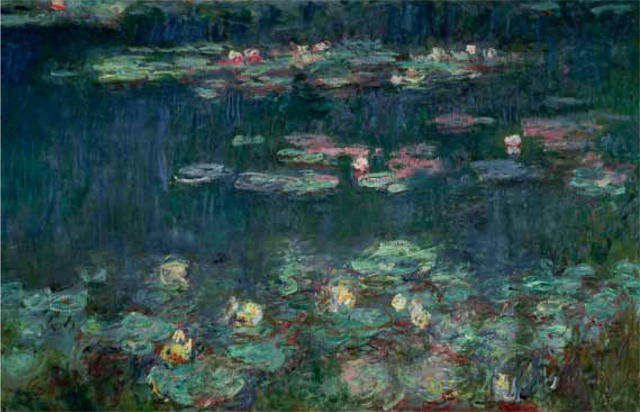
My Favourite Painting: Lulu
Lulu chooses her favourite painting for Country Life.
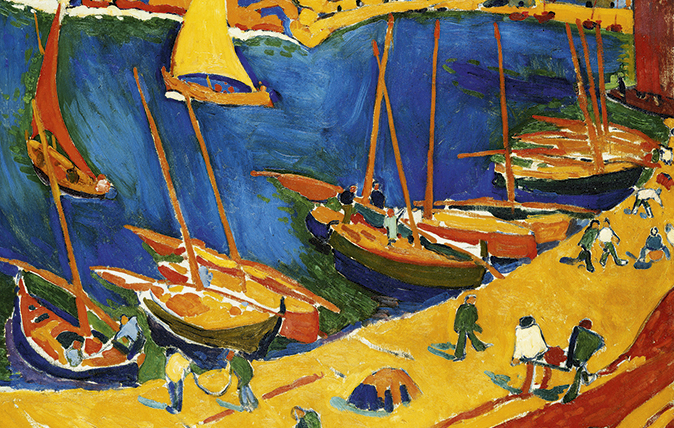
My favourite painting: Peter May
'Vividly coloured sailing boats in a harbour, which I gazed at for hours'
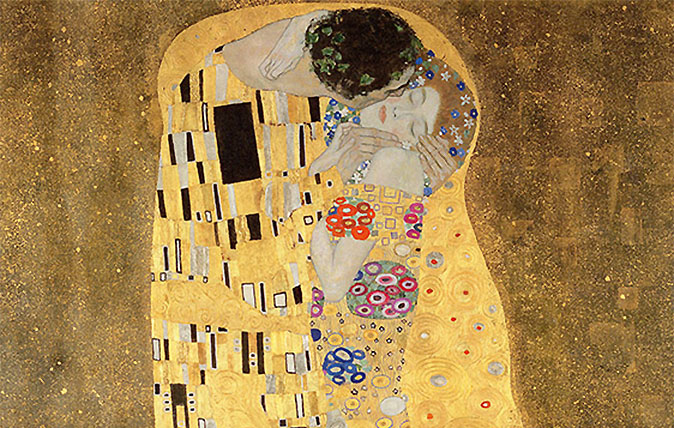
Credit: The Kiss - Gustav Klimt
My favourite painting: Danielle Steel
Danielle Steel, the world's top-selling fiction writer, admits that 'Klimt stole my heart' with this wonderful work.

My favourite painting: Jacqueline Wilson
'I looked at this painting and decided to write about a Victorian circus girl one day'
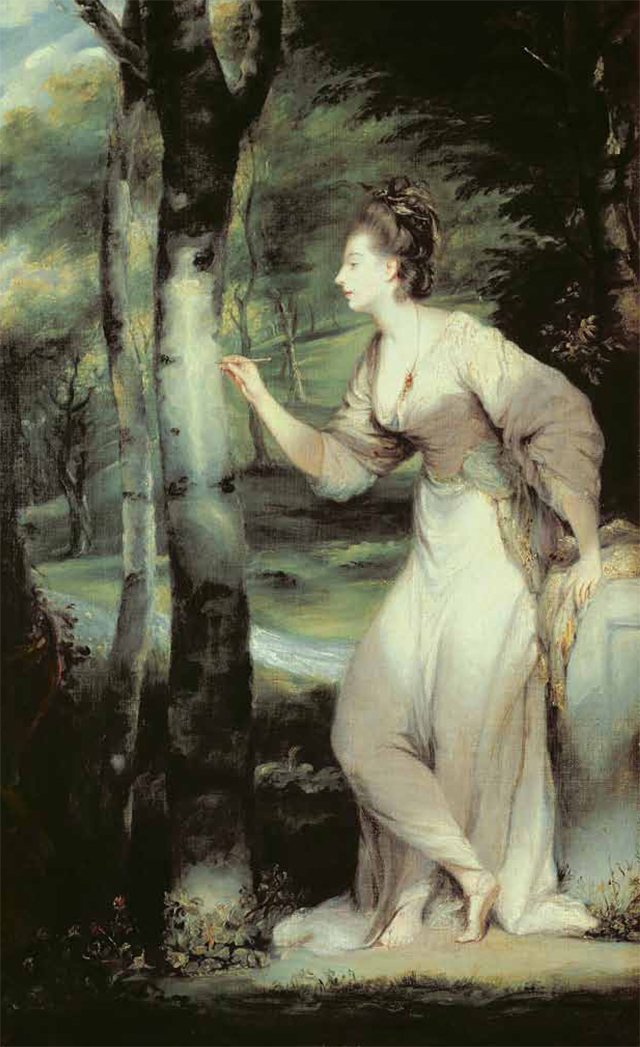
My Favourite Painting: Bruce Oldfield
Bruce Oldfield chooses his favourite painting for Country Life.
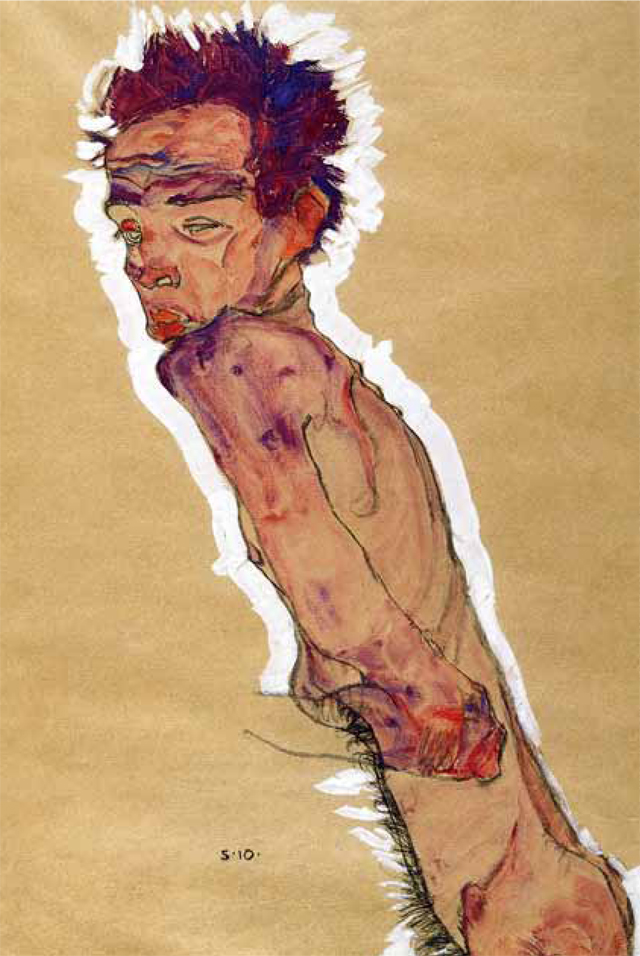
My Favourite Painting: John Taylor
John Taylor chooses his favourite painting for Country Life.
Country Life is unlike any other magazine: the only glossy weekly on the newsstand and the only magazine that has been guest-edited by HRH The King not once, but twice. It is a celebration of modern rural life and all its diverse joys and pleasures — that was first published in Queen Victoria's Diamond Jubilee year. Our eclectic mixture of witty and informative content — from the most up-to-date property news and commentary and a coveted glimpse inside some of the UK's best houses and gardens, to gardening, the arts and interior design, written by experts in their field — still cannot be found in print or online, anywhere else.
-
 The King's favourite tea, conclave and spring flowers: Country Life Quiz of the Day, April 22, 2025
The King's favourite tea, conclave and spring flowers: Country Life Quiz of the Day, April 22, 2025Tuesday's Quiz of the Day blows smoke, tells the time and more.
By Toby Keel
-
 London is the place for me* (*the discerning property buyer)
London is the place for me* (*the discerning property buyer)With more buyers looking at London than anywhere else, is the 'race for space' finally over?
By Annabel Dixon
-
 'As a child I wanted to snuggle up with the dogs and be part of it': Alexia Robinson chooses her favourite painting
'As a child I wanted to snuggle up with the dogs and be part of it': Alexia Robinson chooses her favourite paintingAlexia Robinson, founder of Love British Food, chooses an Edwin Landseer classic.
By Charlotte Mullins
-
 The Pre-Raphaelite painter who swapped 'willowy, nubile women' for stained glass — and created some of the best examples in Britain
The Pre-Raphaelite painter who swapped 'willowy, nubile women' for stained glass — and created some of the best examples in BritainThe painter Edward Burne-Jones turned from paint to glass for much of his career. James Hughes, director of the Victorian Society, chooses a glass masterpiece by Burne-Jones as his favourite 'painting'.
By Charlotte Mullins
-
 'I can’t look away. I’m captivated': The painter who takes years over each portrait, with the only guarantee being that it won't look like the subject
'I can’t look away. I’m captivated': The painter who takes years over each portrait, with the only guarantee being that it won't look like the subjectFor Country Life's My Favourite Painting slot, the writer Emily Howes chooses a work by a daring and challenging artist: Frank Auerbach.
By Toby Keel
-
 My Favourite Painting: Rob Houchen
My Favourite Painting: Rob HouchenThe actor Rob Houchen chooses a bold and challenging Egon Schiele work.
By Charlotte Mullins
-
 My Favourite Painting: Jeremy Clarkson
My Favourite Painting: Jeremy Clarkson'That's why this is my favourite painting. Because it invites you to imagine'
By Charlotte Mullins
-
 The chair of the National Gallery names his favourite from among the 2,300 masterpieces — and it will come as a bit of a shock
The chair of the National Gallery names his favourite from among the 2,300 masterpieces — and it will come as a bit of a shockAs the National Gallery turns 200, the chair of its board of trustees, John Booth, chooses his favourite painting.
By Toby Keel
-
 'A wonderful reminder of what the countryside could and should be': The 200-year-old watercolour of a world fast disappearing
'A wonderful reminder of what the countryside could and should be': The 200-year-old watercolour of a world fast disappearingChristopher Price of the Rare Breed Survival Trust on the bucolic beauty of The Magic Apple Tree by Samuel Palmer, which he nominates as his favourite painting.
By Charlotte Mullins
-
 My favourite painting: Andrew Graham-Dixon
My favourite painting: Andrew Graham-Dixon'Lesson Number One: it’s the pictures that baffle and tantalise you that stay in the mind forever .'
By Country Life